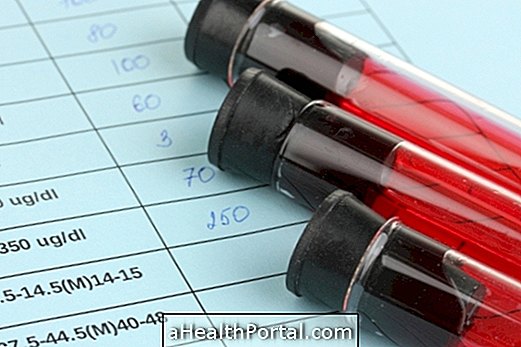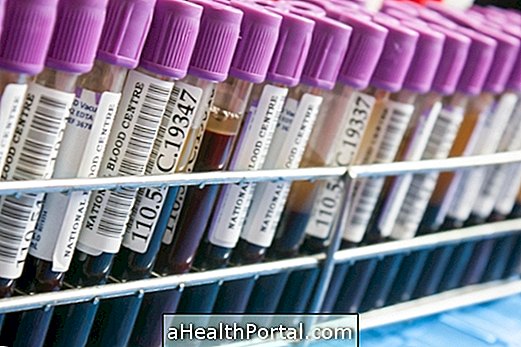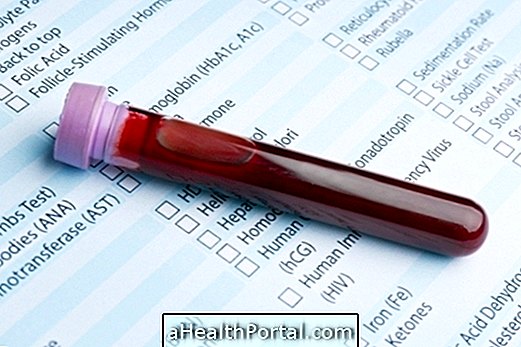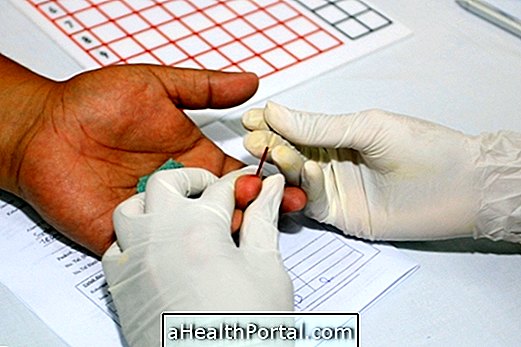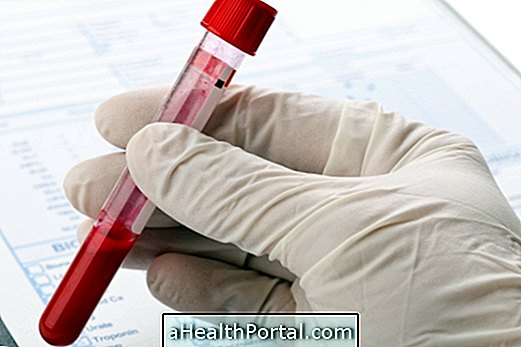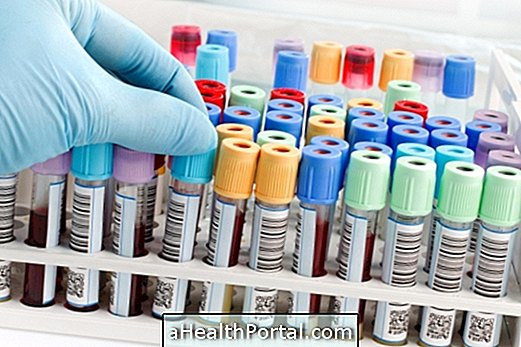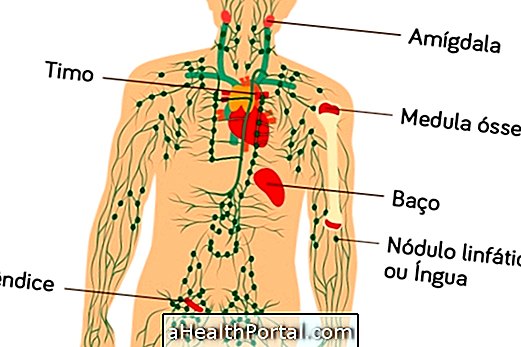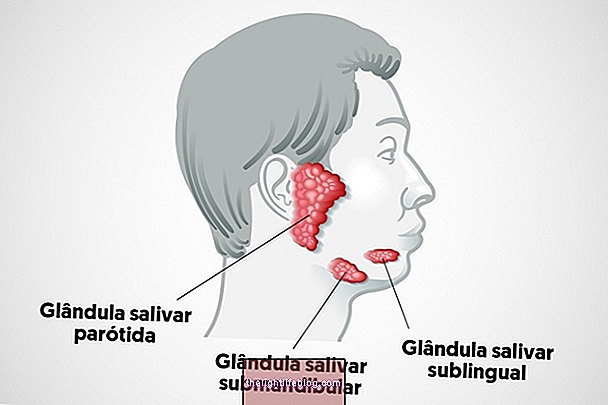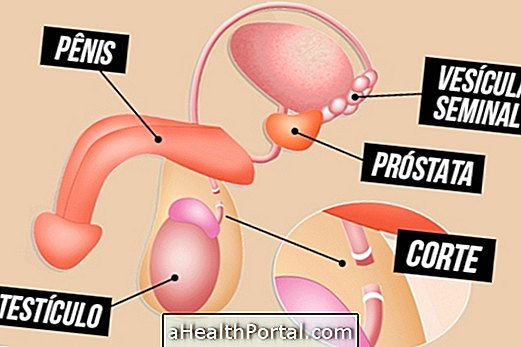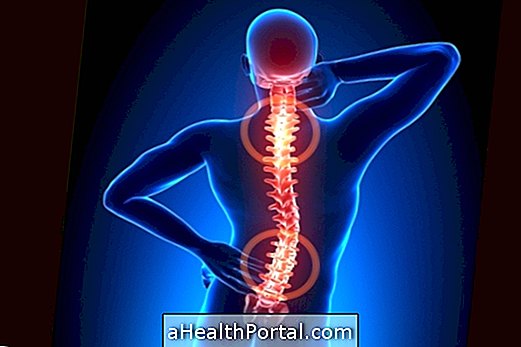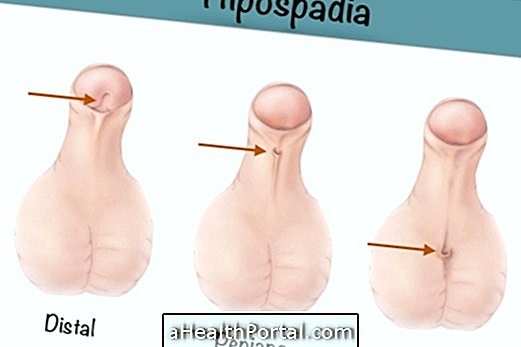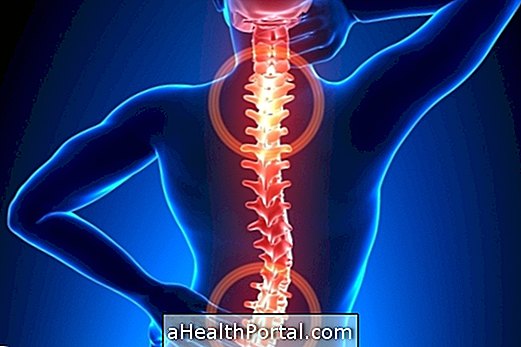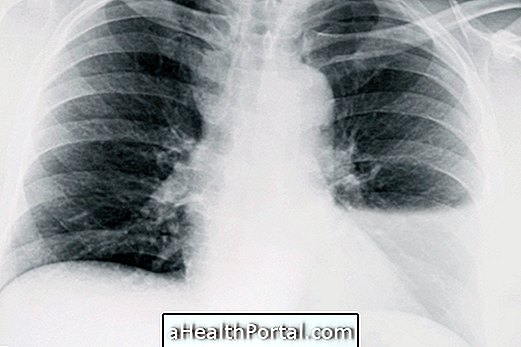Contrast tests, also called contrast tests, are imaging tests done using substances that help to get a better definition of the formed images, which facilitates the evaluation of the doctor.
These substances are called "contrast media" because they are able to absorb ionizing radiation from the examination and generate definite images on the device's screen. There are different types of contrast, with various chemical compositions such as barium sulfate, iodinated contrast or gadolinium, for example, which are chosen according to the examination to be performed, which can be done orally, intravenously or injected into the cavity desired.
In spite of its benefits, the use of contrast agents for exams contains risks, mainly of causing side effects such as allergic reactions, blood pressure drop or intoxication of the kidneys and heart, for example, for this reason, should only be used in specific cases, with adequate medical indication.
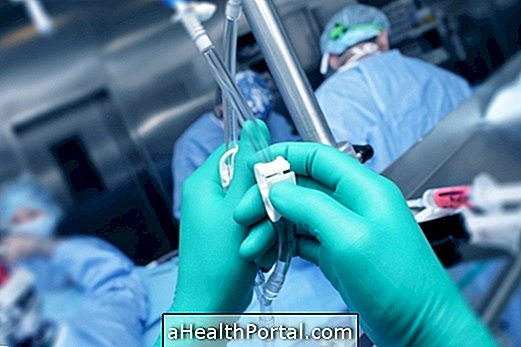
Main risks
Although contrast studies tend to be more and more safe, and physicians are more likely to judge who should or should not, it is possible that these tests pose some health risks. Some of the major side effects include:
1. Acute allergic reaction
Also called anaphylaxis, this reaction is characterized by the onset of urticaria, swelling of the skin, decreased pressure, rapid heartbeat, bronchospasm, and glottal edema. It needs to be treated quickly by the doctor in the hospital as it poses a serious health risk to the affected person.
One way to try to avoid this type of reaction is to question whether the person has any allergies, and it is also common for doctors to indicate the use of anti-allergy medications before some tests that are more at risk, such as antihistamines or steroids. Learn more about why anaphylactic shock occurs and how to treat it.
2. Toxic effects of the substance
Contrast may have a toxic effect on the body, and some of the reactions include direct effects on the bloodstream, such as dropping of pressure or inflammation at the site of application. In addition, the substance may cause direct toxic effects on certain organs, and may be:
- Skin : pain at the site of application, redness, swelling or pitting;
- Stomach and intestine : nausea, vomiting or diarrhea;
- Kidneys : reduction of urine formation or renal insufficiency;
- Brain : headache, dizziness, mental confusion or convulsion;
- Lungs : shortness of breath, bronchospasm or onset of asthma attacks;
- Heart : increased blood pressure, arrhythmias cardiac arrest.
Generally, these effects are related to the dose or concentration of the contrast medium used, and may also vary according to the infusion rate and manner of use of the substance, whether oral or intravenous, for example.

3. Nervous system reactions
Also known as vasomotor or vagal vessel reactions, they are not directly caused by the contrast used and their cause is unknown, and is usually associated with anxiety or pain during its administration, which causes certain stimuli in the nervous and vascular system.
These reactions include falling blood pressure, decreased heart rate, fainting, mental confusion, pallor or cold sweat, for example.
Examples of contrast-enhanced exams
Some of the major tests used with contrast are:
- Computed tomography : This is usually done with iodinated contrast media, often used to detect lesions in organs of the body such as the brain, lungs, liver, gallbladder, pancreas, bones, or abdominal wall, for example, tumors, infections, or changes in blood vessels . Learn more about how it is done and what CT scan is for;
- Magnetic resonance imaging : the gadolinium is usually used as contrast, being an examination used to detect brain or spinal cord injuries, as well as in soft parts of the body such as ligaments, joints and blood vessels;
- Angiography : iodinated contrast is the most used in this examination, which allows better visualization of the interior of the blood vessels and observe diseases such as aneurysm or arteriosclerosis, for example. Understand how angiography is done and what angiography is used for;
- Urography : one of the exams that allows visualizing the anatomy of the urinary tract and evaluating the functional capacity of the kidneys;
- Scintigraphy : There are several types of scintigraphy, for different organs of the body, being an examination to observe changes in organs such as heart, bones, lungs, thyroid or brain, for example. As contrasts are used various substances, some of the main ones being technetium and gallium. Learn more about indications and how the bone scans, myocardial scintigraphy, and thyroid scintigraphy are done;
- Radiological study of gastrointestinal tract : There are several examinations used to evaluate the digestive tract, which use barium sulfate as contrast, among them opaque enema, seriography or contrast radiography, for example;
- Cholangiography : a type of tomography made to evaluate the bile ducts, and the use of iodinated contrast is common.
In addition to this, there are several other tests that can be done with the aid of contrast, such as mammography to evaluate changes in circulation in the breast or hysterosalpingography to evaluate the female reproductive system, for example, that should be indicated by the doctor according to the needs of each person.
